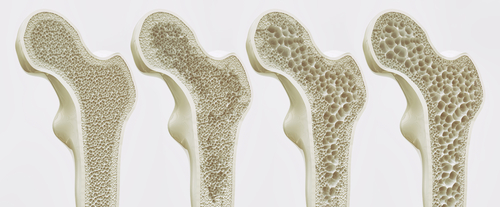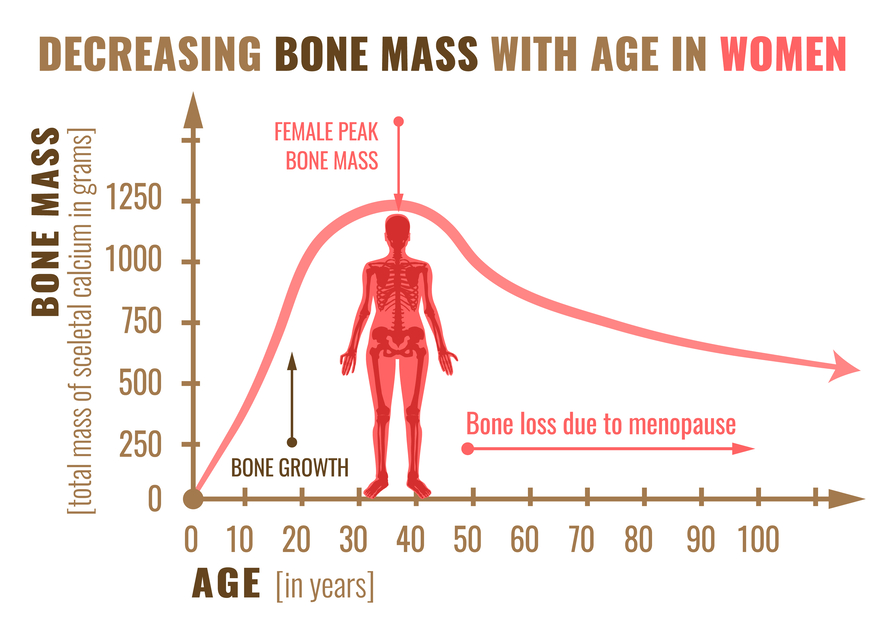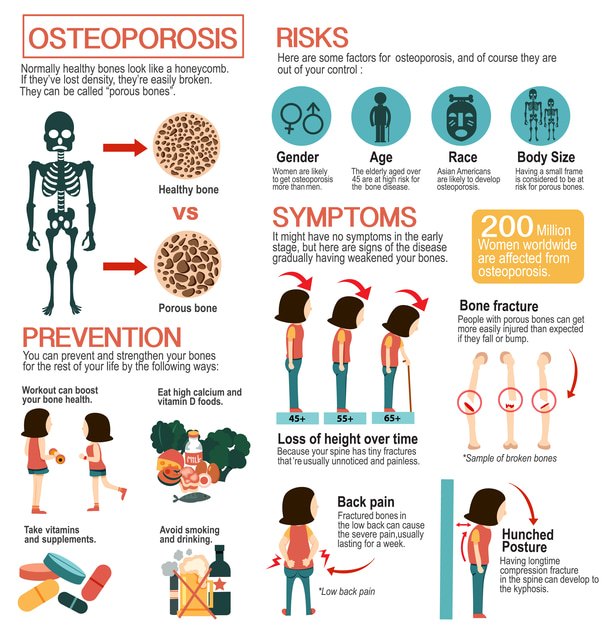
How do I find out if I have osteoporosis– or do I have to wait until I fall and break something?
Such a good question (Thanks Jackie Golynia). And the short answer? No, you don’t have to wait for a break. But unless you’re considered high risk, you probably won’t be offered a routine screening either– which is exactly why we need to be more proactive about our bone health.
Osteoporosis is often called the “silent disease” because you can’t feel your bones getting weaker. You might only discover it after a low-impact fracture– the kind that shouldn’t break a bone but does. And by then, your bones have been quietly losing density for years.
So how can you find out where you stand, before anything snaps?
1) Understand your risk (and speak up about it)
In the UK, osteoporosis risk assessments usually start with a conversation– not a scan. GP’s might use a tool called FRAX or QFracture to calculate your fracture risk. (see Overview of Fracture predidction tools for more information 2018). These tools consider things like:
• Age
• Sex
• Weight/BMI
• Family history of hip fracture
• Lifestyle factors (smoking, drinking)
• Existing conditions (early menopause)
• Use of certain medications (Steroids)
If your risk is moderate-high, your GP may refer you for a DEXA scan (also known as a bone density scan).

2) What is a DEXA scan– and how do I get one?
A DEXA scan (Dual-Energy X-Ray Absoptiometry) is the gold standard test for diagnosing osteoporosis. It is painless, quick, and uses very low radiation to measure bone density, usually at your hip and your spine.
NHS access
You will normally need a referral, and you will only get one if your GP thinks that your risk justifies it. If you are postmenopausal, have a history of fractures, or are on medication known to affect bone health, it is worth pushing for that chat.
Private Access
You can book a DEXA scan privately. Prices in the UK range from £65-£150. Some larger pharmacies and health screening clinics offer them.
Make sure your scan is interpreted by a specialist or shared with your GP for ongoing support if you choose to have a private scan.
3) Other tests and scans
. • Vertebral Fracture Assessment (VFA)– this can sometimes be added to your DEXA scan for hidden spinal fractures.
• Blood tests– These are not for diagnosing osteoporosis directly, but can help rule out underlying causes (like Vitamin D defficiency or thyroid problems).
• Bone turnover markers– Not used much in standard care, but often used in private clinics. These look at how quickly your bones are breaking down and rebuilding.
4) What if I am not eligible for a scan, but still worried?
This is frustratingly common, especially for those who feel their concerns are brushed aside. If your gut says something isn’t right– perhaps you feel you are shrinking a bit, more stooped or feel bone aching fatigue– it is worth
• Repeating the risk assessment with your GP, things change
• Booking a private DEXA scan for the peace of mind
• Starting weight-bearing exercise, strength training, and bone-nourishing habits regardless. It won’t harm, and could make a huge difference

Stay Ahead of The Snap
Osteoporosis isn’t just about age. It’s about awareness, prevention, and knowing your options. No One wants to wait for a fracture to take bone health seriously– and with the right help and tools, you don’t have to.
Ask questions. Book a scan if you can. Lift those weights. Eat well.
You may also be interested in bones-balance-a-bit-of-sass
Please leave a comment if you have a question or thought. You can also email me fi@therapyinmotion.co
